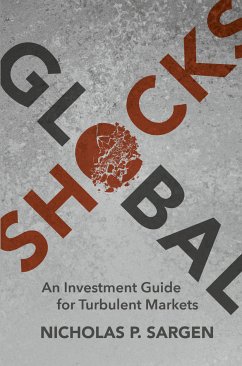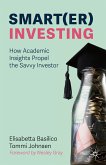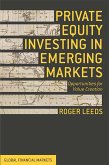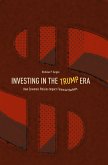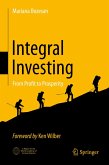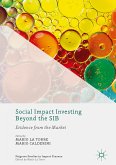How should investors manage portfolios during crises? This question has surfaced since the 2008 global financial crisis, which is the latest of a series of shocks that began in the early 1970s. While crisis situations offer opportunities to outperform markets or to be engulfed by them, little has been written to guide investors when markets are not functioning normally.
This book, which is written from a practitioner's perspective, fills the void by providing the reader with a toolkit and guiding principles to manage money when markets are in turmoil. It features ten case studies beginning with the breakdown of the Bretton Woods fixed exchange rate system through the current situation in which investors are assessing whether China could become the next bubble. Each chapter discusses how the respective crisis or bubble unfolded at the time, the way policymakers and markets responded, and the optimal strategy for positioning portfolios.The goal is to share these experiences and the lessons from them, so investors will be better prepared for future shocks. The opening chapter explores whether there are common patterns in movements of interest rates and exchange rates that investors can exploit. A conceptual framework is presented that helps explain why this is the case for traditional currency crises, but less so for asset bubbles.
The concluding chapter ties the episodes together and considers how the nature of financial crises has evolved since the collapse of Bretton Woods. We cite factors that make it difficult for policymakers and investors to detect problems in advance of an asset bubble. The good news is investors get a second chance to outperform when markets are over-sold; however, they need to formulate a strategy to limit the damage during the sell-off phase and to capitalize on the eventual recovery.
Dieser Download kann aus rechtlichen Gründen nur mit Rechnungsadresse in A, B, BG, CY, CZ, D, DK, EW, E, FIN, F, GR, HR, H, IRL, I, LT, L, LR, M, NL, PL, P, R, S, SLO, SK ausgeliefert werden.
Es gelten unsere Allgemeinen Geschäftsbedingungen: www.buecher.de/agb
Impressum
www.buecher.de ist ein Internetauftritt der buecher.de internetstores GmbH
Geschäftsführung: Monica Sawhney | Roland Kölbl | Günter Hilger
Sitz der Gesellschaft: Batheyer Straße 115 - 117, 58099 Hagen
Postanschrift: Bürgermeister-Wegele-Str. 12, 86167 Augsburg
Amtsgericht Hagen HRB 13257
Steuernummer: 321/5800/1497
USt-IdNr: DE450055826
Bitte wählen Sie Ihr Anliegen aus.
Rechnungen
Retourenschein anfordern
Bestellstatus
Storno

